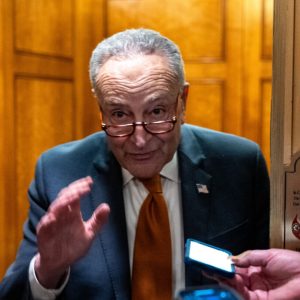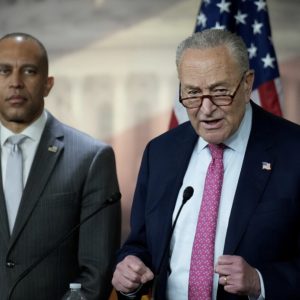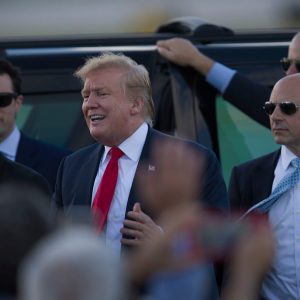President Donald Trump addressed the nation late on June 21 after ordering U.S. airstrikes on three major Iranian nuclear sites—Fordow, Natanz, and Esfahan. Speaking via Truth Social and later in a televised address, Trump described the operation as a “spectacular military success,” claiming the strikes had “completely and totally obliterated” Iran’s nuclear enrichment capabilities. He condemned Iran as “the world’s number one state sponsor of terror” and warned that future U.S. responses would be “far greater and a lot easier” if Iran did not pursue peace. The strikes, carried out by B-2 stealth bombers and supported by Tomahawk missiles, came amid growing concerns over Iran’s rapidly advancing nuclear program. Trump said the mission aimed to dismantle Iran’s “horribly destructive enterprise,” as intelligence reports suggested Tehran could be just days away from producing weapons-grade uranium. According to a June 9 report by the Institute for Science and International Security, Iran could have enough enriched uranium for multiple nuclear warheads within weeks.
However, the IAEA reported no immediate signs of radiation leaks and noted it had seen “no increase in off-site radiation levels.” Iran’s foreign minister, Seyed Abbas Araghchi, called the U.S. strikes “outrageous,” warning of “everlasting consequences.” Iran has accused the U.S. of violating international law and has threatened retaliation. The strikes have raised global fears of a broader regional conflict, with Iranian state media promising a response and international observers closely watching developments in the Middle East.





